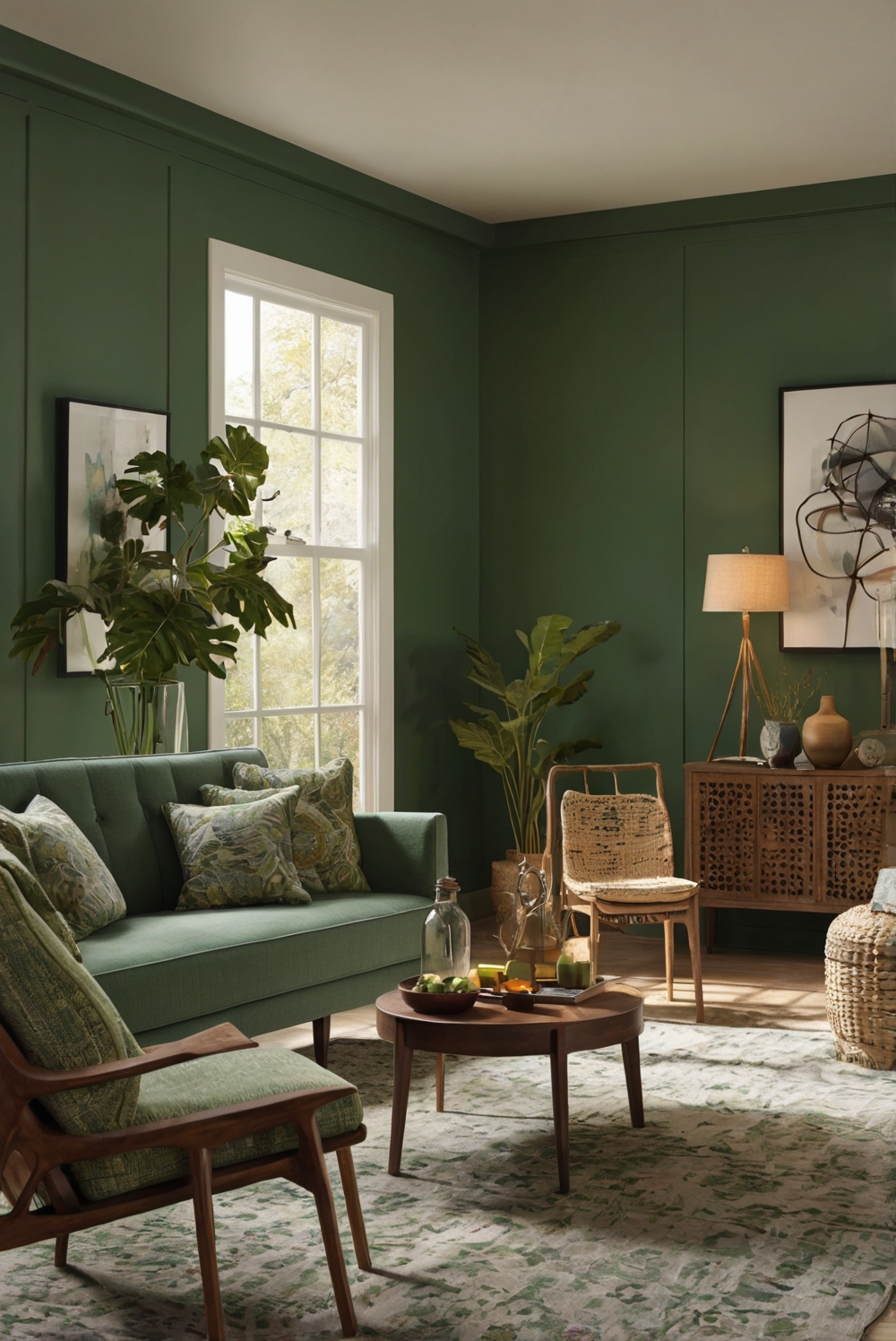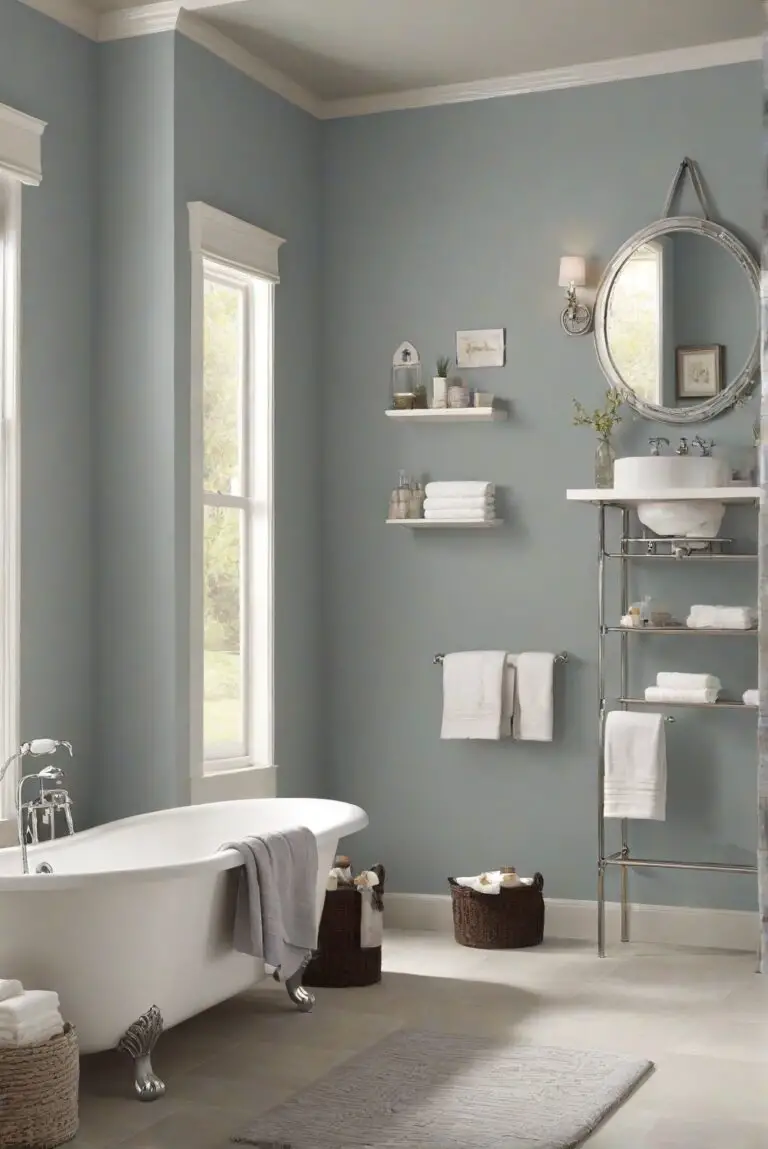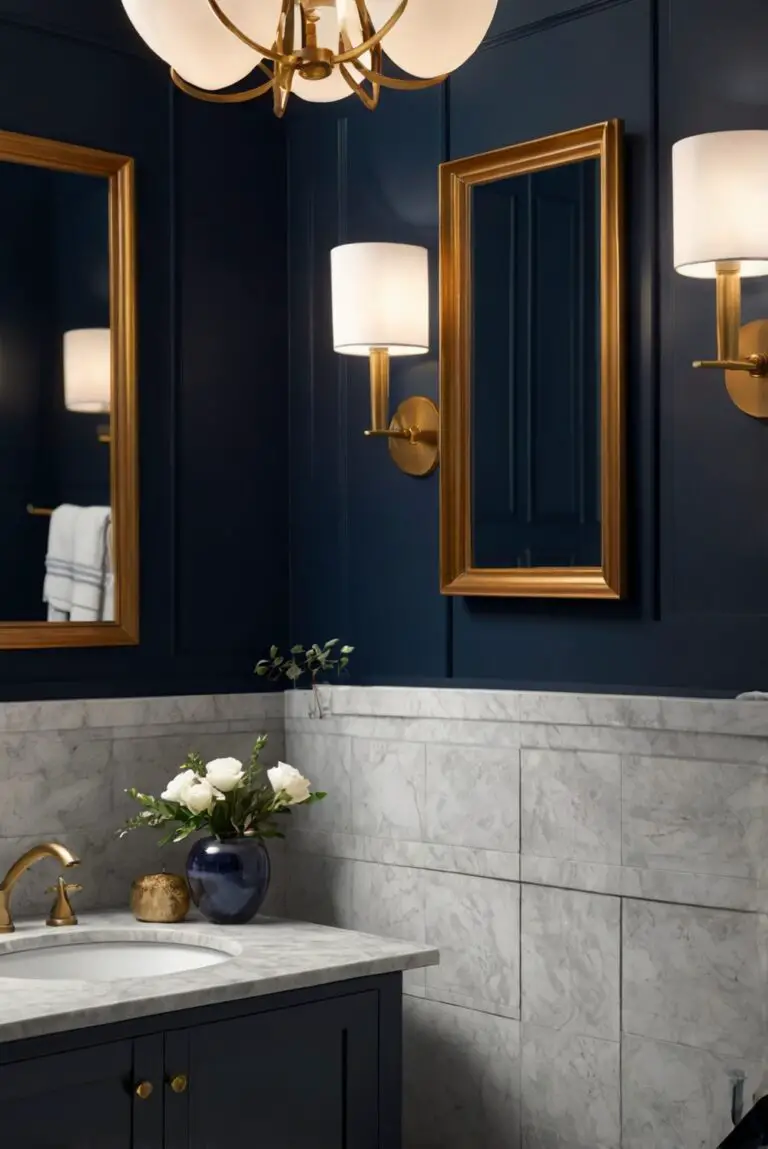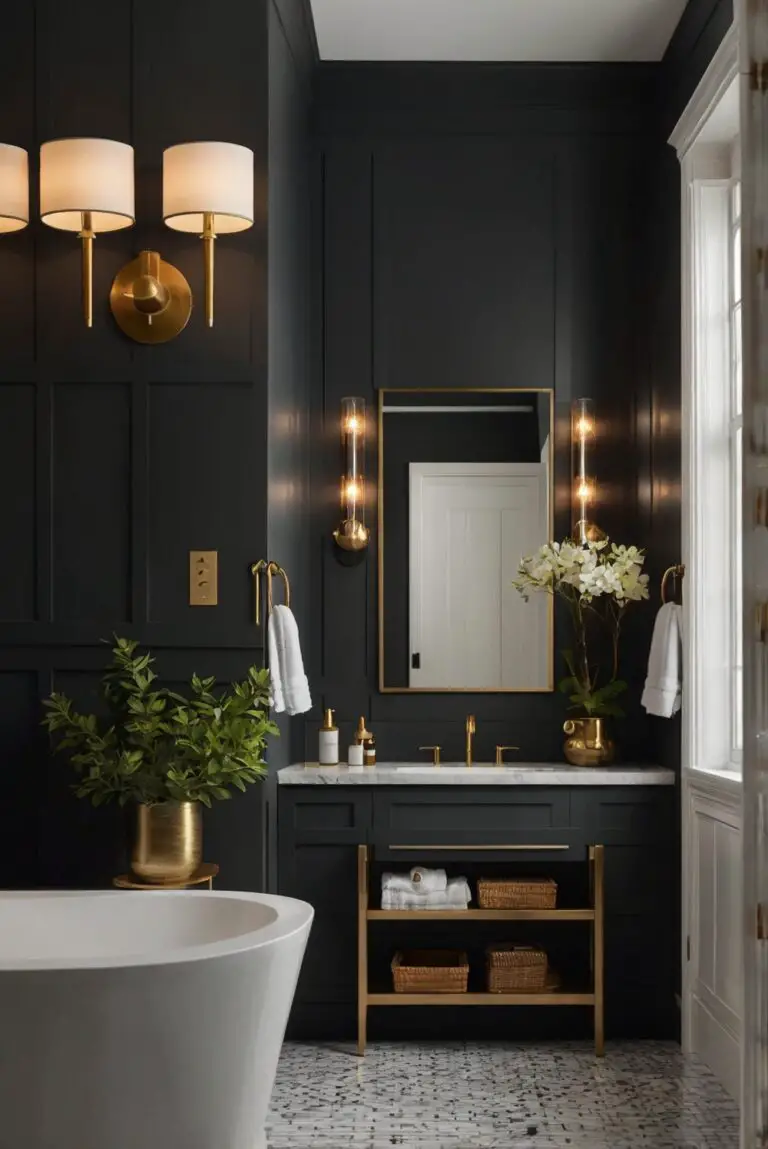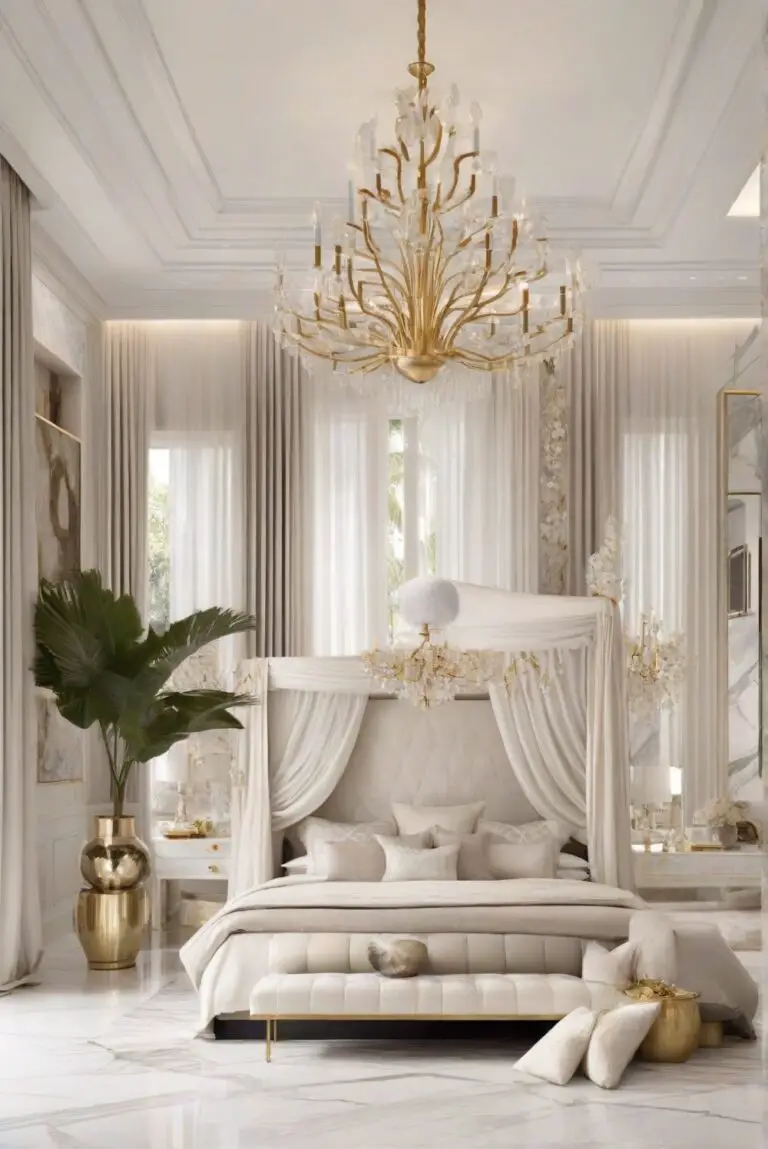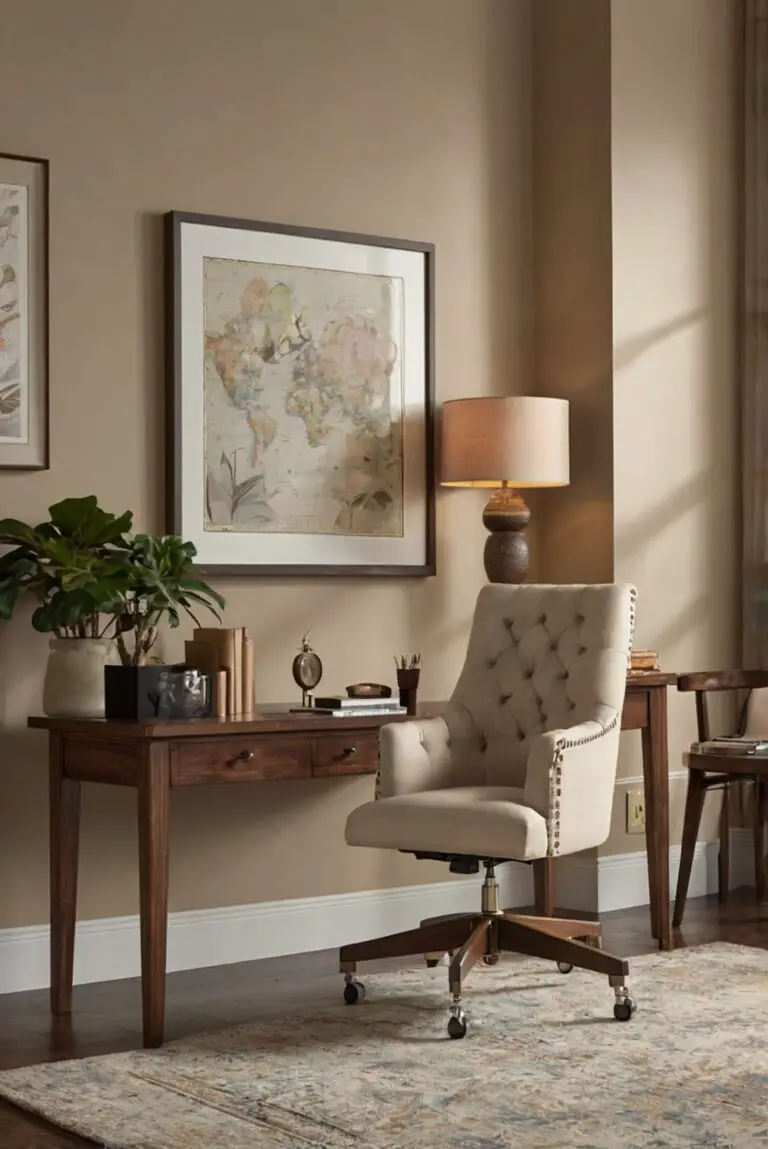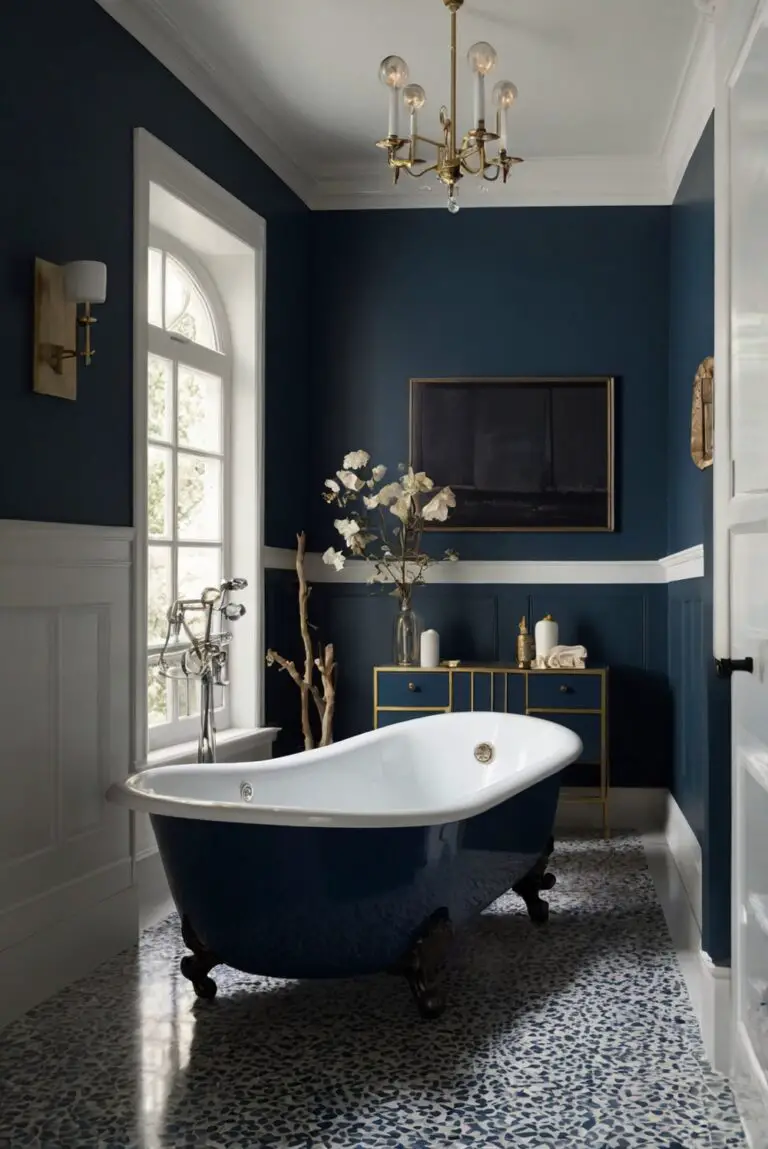Learn how to incorporate color-blocking techniques on your living room walls to achieve a contemporary look. Discover easy and stylish interior designer routines for a fresh space.
To achieve a contemporary look in your living room using color-blocking techniques, start by selecting a color palette that includes bold and contrasting colors. This will create a visually striking effect on your walls. Consider using painter’s tape to create clean lines between the different colors. You can also mix and match different finishes like matte, glossy, or textured paint to add depth to the design. Experiment with different shapes and patterns to make your walls stand out even more. Remember to prime your walls before painting to ensure the colors appear vibrant and true to the swatches. Make sure to choose colors that complement your existing furniture and decor for a cohesive look.
How to choose the right color combination for color-blocking on living room walls?
When selecting the perfect color combination for color-blocking on your living room walls, it is crucial to consider the overall theme and style you want to achieve. Start by identifying the main colors in your existing furniture and decor to ensure harmony and coherence in the space.
Research color theory to understand the impact of different hues on mood and perception. For a contemporary look, opt for bold and contrasting colors that make a statement while still complementing each other. Consider using a mix of warm and cool tones to create visual interest and depth in the room.
Experiment with different shades of the same color to achieve a monochromatic color-blocking effect that is sophisticated and modern. Don’t be afraid to mix and match colors that you love, but always keep the overall balance and harmony in mind.
Can I incorporate color-blocking techniques in a small living room to create a contemporary look?
My Lovely Spring Paint for 2025
Ready for a Spring Makeover? Explore the Freshest 2025 Paint Trends!
White Sage/Green SW Pistachio green Soft blue Honeysweet/Orange Pink Sugar Sage Tint BMAs an Amazon Associate, I may earn a commission from qualifying purchases at no extra cost to you.
Absolutely! Color-blocking can be a fantastic technique to visually expand and enhance a small living room. Opt for lighter shades for the walls to create a sense of openness and airiness. Consider using vertical color-blocking to draw the eye upward and create the illusion of higher ceilings.
Incorporate furniture and decor in similar color schemes to create a cohesive and unified look. Avoid cluttering the space with too many colors; instead, focus on a few key hues to maintain a clean and contemporary aesthetic.
Consider using color-blocking on a focal wall or niche to add a pop of color without overwhelming the space. By strategically incorporating color-blocking techniques, you can transform your small living room into a stylish and modern oasis.
What is the best way to ensure a cohesive and balanced color scheme when using color-blocking on living room walls?
To achieve a cohesive and balanced color scheme when using color-blocking on your living room walls, consider the 60-30-10 rule. This rule suggests using 60% of a dominant color, 30% of a secondary color, and 10% of an accent color.
Select colors that complement each other and create a harmonious flow throughout the room. Experiment with different color placements to find the most visually appealing arrangement.
Consider the natural light in the room when choosing colors, as natural light can affect how colors appear. Use color samples or swatches to test different combinations before committing to a final decision.
Focus on creating a balance of warm and cool tones to ensure a dynamic and inviting space. By carefully planning and executing your color-blocking scheme, you can achieve a cohesive and balanced look that enhances the overall aesthetic of your living room.
How to use color-blocking techniques on your living room walls for a contemporary look?
When it comes to using color-blocking techniques on your living room walls for a contemporary look, there are several trend ideas you can consider:
My fAV Spring DECOR for 2025
Discover Spring’s Best 2025 Decor Combinations – Perfect for Any Room!
Oversized Indoor Plants White Curved Sofas Rugs BOH Brown Cream Moroccan Hype Boho Rug Outdoor Patio Furniture Sets Topfinel Pillow CoversAs an Amazon Associate, I may earn a commission from qualifying purchases at no extra cost to you.
1. Geometric Patterns: Create bold and modern geometric patterns on your walls using color-blocking techniques. Opt for clean lines and sharp angles to achieve a sleek and contemporary aesthetic.
2. Ombre Effect: Experiment with an ombre effect by blending two or more colors together in a gradient pattern. This technique adds depth and dimension to your walls while creating a chic and modern look.
3. Textured Color-Blocking: Combine color-blocking with textured finishes such as stucco, wood paneling, or wallpaper to add visual interest and sophistication to your walls.
4. Accent Wall: Designate one wall as an accent wall and use color-blocking techniques to make it the focal point of the room. Choose vibrant colors that contrast with the rest of the walls for a dramatic and contemporary effect.
5. Monochrome Palette: Stick to a monochrome color palette for a minimalist and contemporary look. Experiment with different shades of the same color to create a cohesive and sophisticated color-blocking scheme.
6. Bold Contrasts: Embrace bold contrasts by pairing dark and light colors in your color-blocking design. This striking combination adds drama and modernity to your living room walls.
7. Artistic Expression: Use color-blocking techniques to create an artistic and expressive feature wall in your living room. Play with shapes, patterns, and colors to showcase your unique style and personality.
8. Metallic Accents: Incorporate metallic accents into your color-blocking design for a touch of glamour and luxury. Consider using gold, silver, or copper tones to add a contemporary and elegant finish to your walls.
9. Nature-inspired Colors: Draw inspiration from nature and incorporate earthy tones and botanical hues into your color-blocking scheme. Create a calming and contemporary atmosphere by using soft greens, blues, and browns on your living room walls.
Key Takeaways
– When choosing a color combination for color-blocking, consider the existing decor and color theory.
– In a small living room, opt for lighter shades and vertical color-blocking to create a spacious feel.
– Use the 60-30-10 rule to ensure a balanced color scheme in your living room.
– Experiment with geometric patterns, ombre effects, and textured finishes for a contemporary look.
– Consider creating an accent wall, sticking to a monochrome palette, or incorporating metallic accents for a modern twist.

